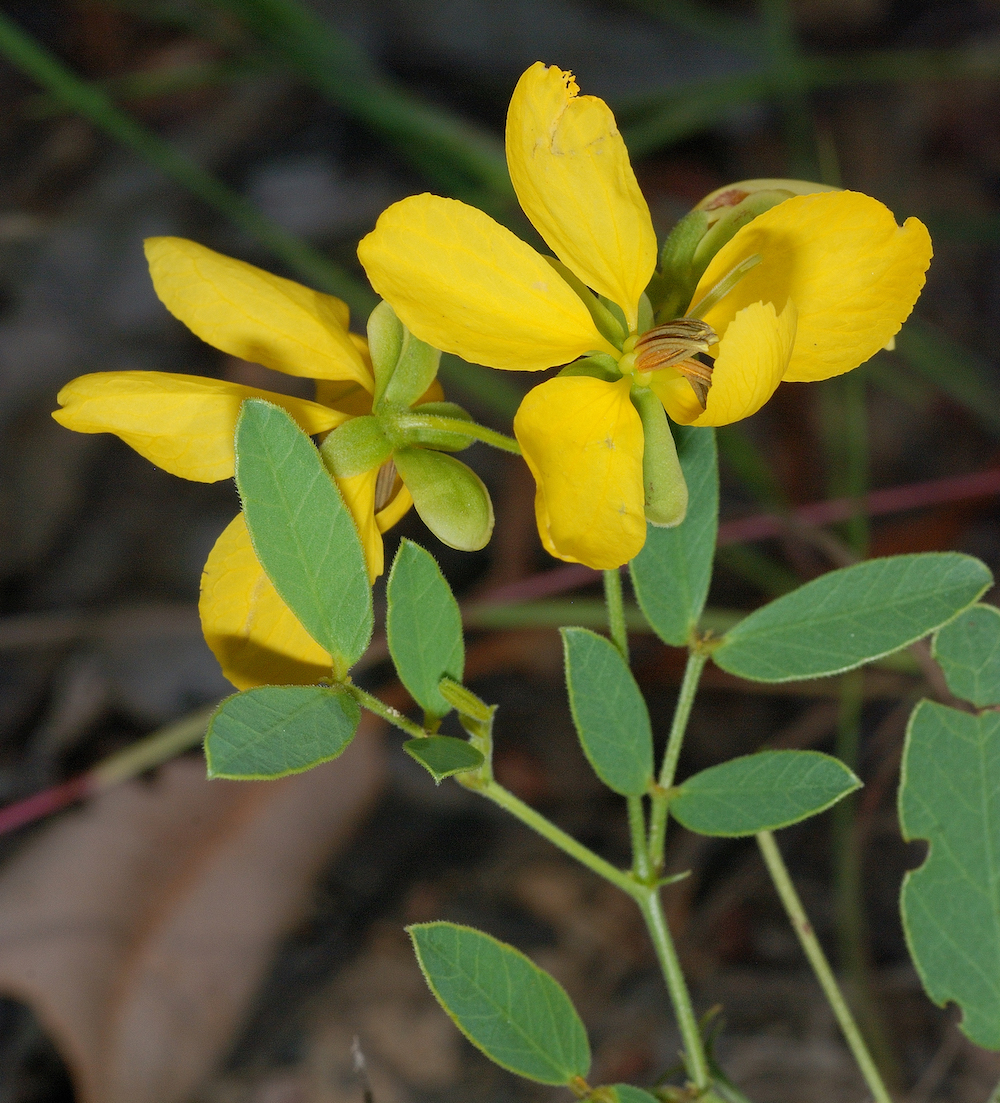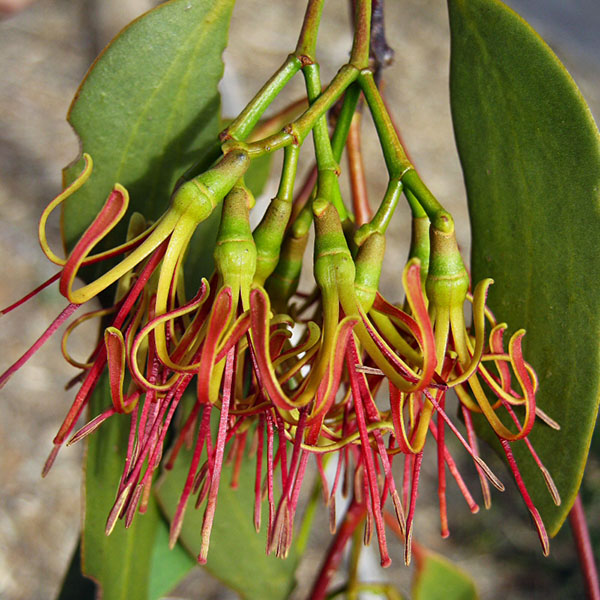The State Herbarium of South Australia published two articles in Vol. 38 of its journal Swainsona today, 2 Feb. 2024.
(1) J.L. Dowe & P.S. Short, The Gullivers’ travels: Thomas Allen Gulliver (1848–1931), Benjamin John Gulliver (1851–1938) and Susannah Gulliver (1857–1938): their contribution to Australian natural history and horticulture (7.6mb PDF).

Isotoma gulliveri from northern Queensland, named by Ferdinand von Mueller after Thomas Gulliver. Photo: D. Albrecht.
The authors report on the history of the natural history collections of the Gulliver siblings, who were active in the late 1800s. After a short biography of the family, they discuss the different periods in their lives: Thomas and Benjamin Gulliver provided plant and animal specimens for Museums and Herbaria. Their sister Susannah collected plants at a more limited scale.
The main focus of the article is the plant collections from New South Wales, Tasmania, the Northern Territory and Queensland, which are now mainly found at the National Herbarium of Victoria (MEL) and the Royal Botanic Gardens, Kew (K), with lesser numbers at other institutions. Lectotypes are chosen for some names that were published from Gulliver collections.
(2) T.A. Hammer & R.W. Davis, Ptilotus ostentans (Amaranthaceae), a new species from Western Australia segregated from Ptilotus seminudus. (2.5mb PDF).

Ptilotus ostentans, newly described by Tim Hammer and Rob Davis. Photo: G. Krygsman.
A new species of Ptilotus from southern Western Australia is described. Distinguishing characters and photographs are provided to separate it from the related P. seminudus, which is now restricted to South Australia, Victoria and New South Wales.
To access content of all volumes of Swainsona and the Journal of the Adelaide Botanic Gardens since Vol. 1 (1976), please visit the journal’s web-site at flora.sa.gov.au/swainsona.








You must be logged in to post a comment.